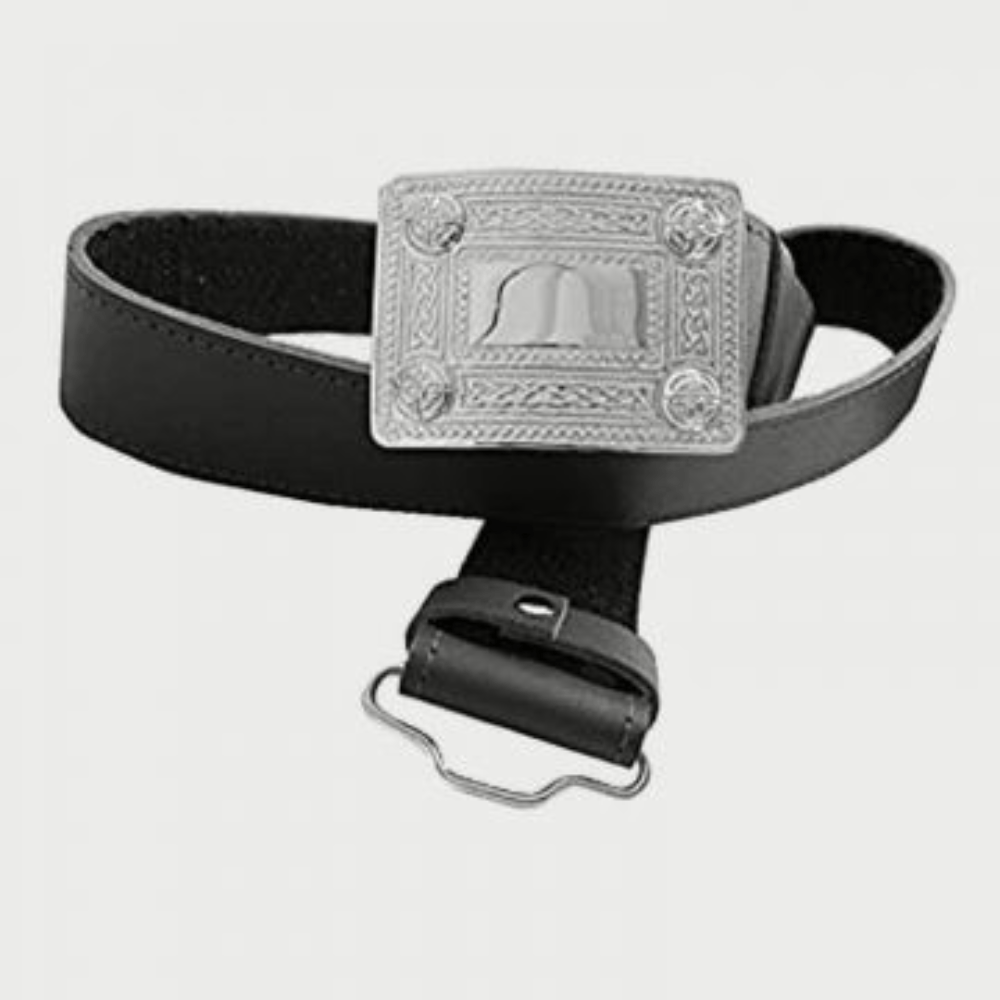
The Silver Kilt Belt Buckle is an important part of Scottish culture. It is more than just a piece of metal; it tells a story of tradition, history, and pride. People have been wearing kilts in Scotland for hundreds of years, and the belt buckle is a key part of the kilt outfit.
A long time ago, Scottish men wore kilts made from wool. They used a belt to keep the kilt in place. Over time, the belt became more decorative, and the buckle was made from silver to show wealth and status. Silver was chosen because it is a precious metal that shines brightly, representing strength and honor.
The design of the Silver Kilt Belt Buckle often includes symbols that are special to Scotland. For example, the thistle, which is the national flower of Scotland, is a common design. Other designs might include Celtic knots, which are intricate patterns that have no beginning or end. These knots represent eternity and the interconnectedness of life.
In the 18th century, kilts and their accessories, like the belt buckle, became symbols of Scottish identity. During this time, the British government tried to ban the kilt after a Scottish rebellion. But the Scottish people held on to their traditions, and the kilt, along with the Silver Kilt Belt Buckle, became a symbol of resistance and pride.
Today, the Silver Kilt Belt Buckle is still worn by people who want to celebrate their Scottish heritage. It is often seen at special events like weddings, Highland games, and other celebrations. The buckle is not just a fashion accessory; it connects people to their history and their ancestors.
Craftsmen take great care when making Silver Kilt Belt Buckles.. They use traditional methods to shape the silver and create the intricate designs. Each buckle is unique, reflecting the skill and artistry of the maker. Some buckles are passed down through generations, becoming family heirlooms.
Wearing a Silver Kilt Belt Buckle is a way to show pride in Scottish culture. It reminds people of the bravery and determination of their ancestors. It is a small but significant part of what makes Scotland's history rich and meaningful.
Choose options

